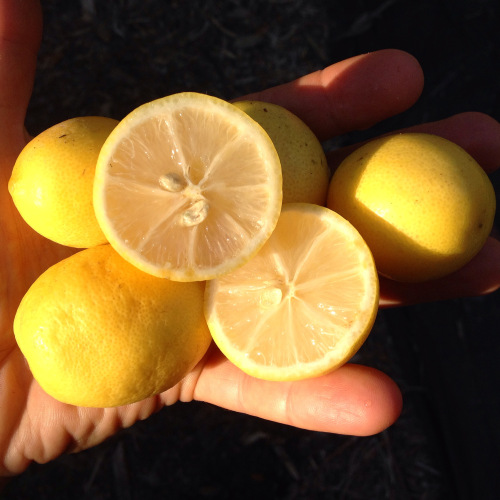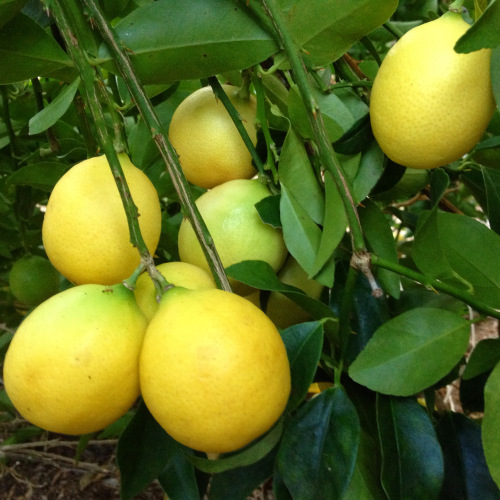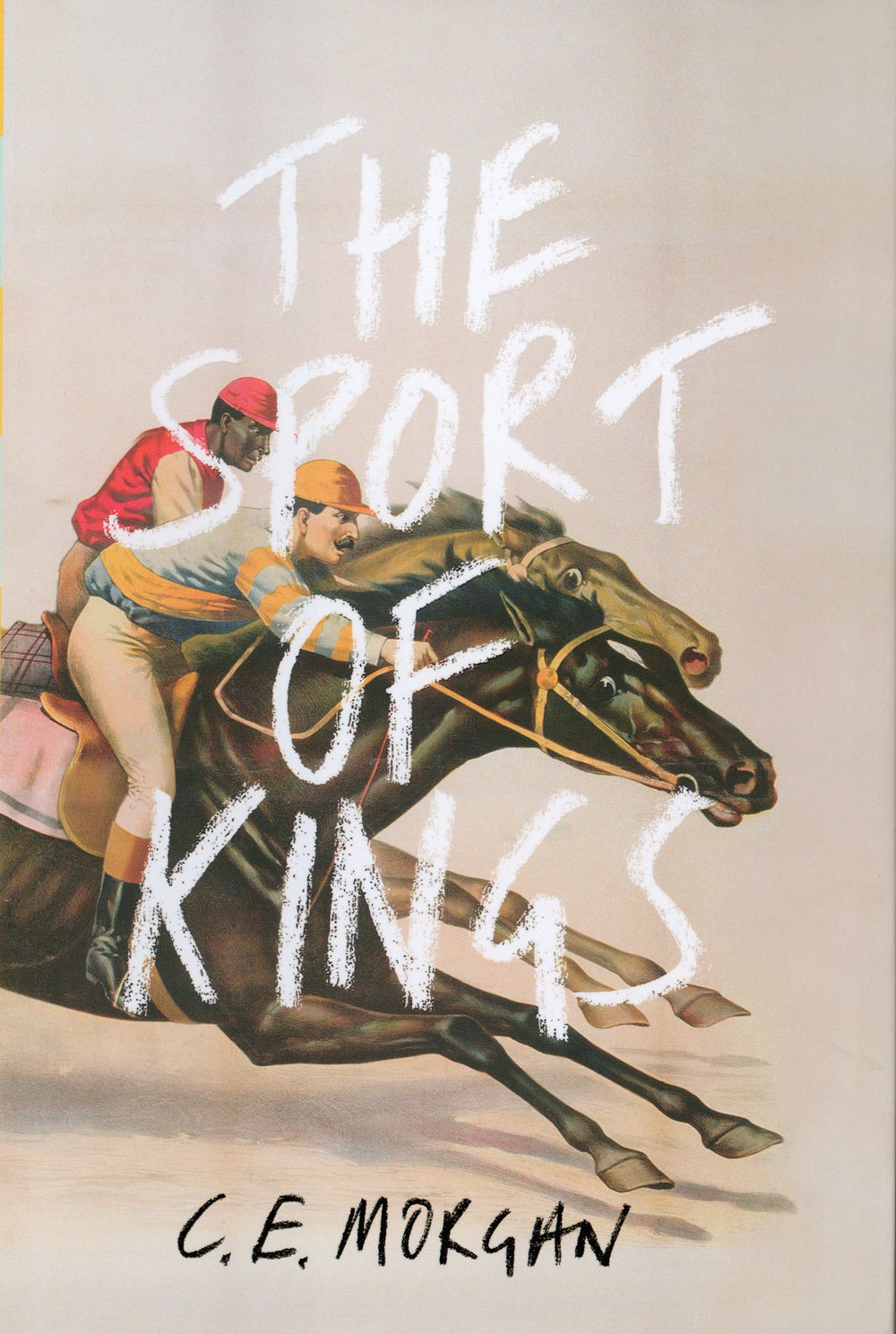 Limequat is a cross between Key lime and kumquat. It combines the flavor and aroma of Key lime with the cold hardiness and edible peel of kumquat. It was created in 1909 when Walter Swingle pollinated Key lime flowers with kumquat pollen, and then planted seeds from the resulting fruits.
Limequat is a cross between Key lime and kumquat. It combines the flavor and aroma of Key lime with the cold hardiness and edible peel of kumquat. It was created in 1909 when Walter Swingle pollinated Key lime flowers with kumquat pollen, and then planted seeds from the resulting fruits.
What do you get when you cross the heavenly-tasting, juicy, sour, key lime with the frost-tolerant, sweet-peel kumquat fruit? You get limequat, a delicious, juicy, aromatic, sour, lime-like fruit which has the bonus of having an edible peel. Not only that, but this is a tree which can fruit in areas too cold for pure key limes.
Almost as interesting as limequat is the story of the person who created it. Walter Swingle was a fruit geek of the first order, who in the early 20th century was one of the legendary plant explorers of that era sent by the US Department of Agriculture on a mission to travel the globe in search of useful plant varieties to send back to the US. Along with David Fairchild (today known for having started Fairchild Tropical Garden), and Frank Meyer (famous for introducing the Meyer Lemon), these intrepid plant adventurers voyaged by steamship, train, horse, camel, and on their own two feet to mountains, deserts, jungles, and remote villages all around the world. Wherever they found interesting fruits, nuts, vegetables, grains, beans, bamboos, or timber crops, they packaged up starts of these plants and sent these back to agricultural experiment stations in the US for trial.
 Walter Swingle, fruit geek extraordinaire. Born in 1871, Swingle grew up on a farm in Kansas, and moved to Florida at age 20 to work for the US Department of Agriculture on citrus. He traveled the world collecting crop varieties. Among his many other breeding projects, in 1909 he crossed Key lime and kumquat to create limequat.
Walter Swingle, fruit geek extraordinaire. Born in 1871, Swingle grew up on a farm in Kansas, and moved to Florida at age 20 to work for the US Department of Agriculture on citrus. He traveled the world collecting crop varieties. Among his many other breeding projects, in 1909 he crossed Key lime and kumquat to create limequat.
I suspect that a large percentage of the crops grown in the US today contain parentage of the plant varieties these explorers collected over a century ago.
Walter Swingle personally introduced the date palm and pistachio nut to the US, as well as introducing the fig pollinator insect that many of the best fig varieties need in order to set fruit. Swingle recognized the dangers of agricultural monoculture, and pushed for preservation of genetic diversity – living collections of a wide variety of crops and their wild relatives.
Swingle took a particular interest in citrus, and he alternated his overseas exploration with work in Florida breeding new citrus varieties, and testing wild relatives of citrus for resistance to disease and environmental extremes. The devastating twin freezes of December 1894 and February 1895 destroyed much of the citrus groves existing in Florida at that time, making growers acutely aware of the importance of introducing cold tolerance into citrus varieties. That’s what Walter Swingle was working on in 1909 when he hand-pollinated flowers of key lime with pollen from kumquat blooms. Kumquat is one of the most cold-tolerant forms of citrus, while key lime is one of the most cold sensitive – the goal was to create a lime-like fruit with kumquat’s cold hardiness.
Swingle planted seeds from the hand-pollinated flowers, and when the seedlings made their own fruit, he was pleased by their fruit quality. In 1913, he released to the nursery trade three varieties from those crosses, which he named after towns in Florida: ‘Eustis’, ‘Lakeland’, and ‘Tavares’.
 The devastating freezes of 1894 and 1895 destroyed many of the citrus trees in Florida, and raised awareness of the need to develop citrus trees with increased cold tolerance.
The devastating freezes of 1894 and 1895 destroyed many of the citrus trees in Florida, and raised awareness of the need to develop citrus trees with increased cold tolerance.
I’ve got the most experience with the “Lakeland” limequat, and I can report that it’s an outstandingly productive tree, with excellent flavored fruit. ‘Lakeland’ limequats are extremely juicy, with an aroma and taste almost identical to pure Key lime, except not quite as powerful (I’d say the flavor and aroma are about 70% as intense as the flavor and aroma of pure Key lime). The juice is great wherever lime or lemon juice works: salad dressings, in drinks, marinades, on cooked veggies or fish, or added to water and sweetened to make a refreshing “limequat-ade”.
Unlike Key lime, limequat peels are edible and tasty, although maybe not quite as sweet tasting as the skin of pure kumquats. The edible peel makes this a great one for a lime-flavored marmalade. People who like sour flavors eat whole limequats, peel and all.
Limequat trees are extremely productive, over an extended season. One grower I know in the Gainesville, Florida area harvests over a gallon of fruit every week from each of his ‘Lakeland’ limequat trees for many months of the year.
Walter Swingle’s work still has a huge influence on Florida’s citrus industry today. His book classifying citrus fruits and their botanical relatives is still the premier reference book on the subject. Many of the varieties he bred are still widely grown.
 Limequat, variety ‘Lakeland’. Not only are limequats delicious and more tolerant of cold than pure Key limes, they are also outstandingly productive. It’s possible to harvest over a gallon (four liters) of fruit from each tree every week for many months of the year.
Limequat, variety ‘Lakeland’. Not only are limequats delicious and more tolerant of cold than pure Key limes, they are also outstandingly productive. It’s possible to harvest over a gallon (four liters) of fruit from each tree every week for many months of the year.
Another of his breeding projects to develop more cold-tolerant forms of citrus fruits involved crossing citrus to the extremely cold-hardy related plant Poncirus trifoliata. Although the resulting hybrids didn’t have sufficient eating quality to be grown for their fruits, they turned out to make excellent rootstocks for good fruiting types of citrus – many of the trees in today’s citrus groves in Florida are grafted onto one of these, which is known as “Swingle rootstock”.
I like to imagine Walter Swingle’s reaction if he could see his continuing influence in Florida today. I think he’d be pleased that we’re still using and enjoying many of the fruit varieties he developed, and that there are active programs to collect and maintain germplasm of citrus fruits and their relatives. But I suspect he might be a little perturbed that so little has been done to advance his project of trying to introduce kumquat’s cold tolerance into Key lime. I imagine the words of the Ghost of Swingle: “It took me a grand total of a few hours to make those pollinations back in 1909, and in 108 years not one of you clowns has bothered to take that project any further? WTF?!?”
Share this:




